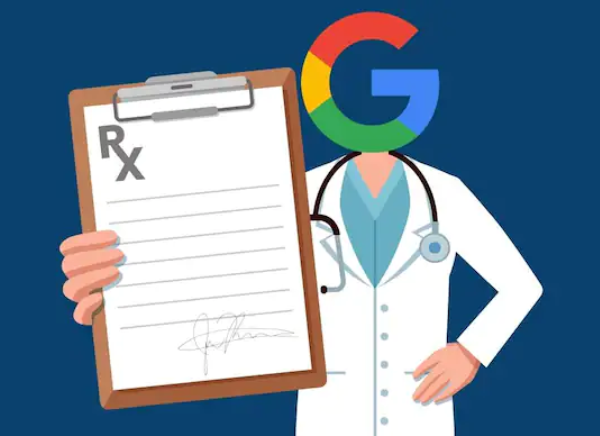
When it comes to healthcare sometimes, understanding prescriptions is not an easy feat to achieve. The fundamental foundation of both public and private healthcare is the simple prescription. Even though they are frequently written by hand and are challenging to understand, the information is crucial for early diagnosis or self-management for patients and their healthcare practitioners.
While there is a technology that can interpret the text from images, prescriptions are sometimes in shorthand, unstructured and for pharmacists to decipher.
Google has created a modern machine learning and AI model that can recognise and even highlight medications in handwritten prescriptions. Enhancing the humans involved, such as pharmacists, will serve as an assistive technology for digitising handwritten medical papers. However, no decision will be made simply based on the output provided by this technology.
According to Google, the system is still under development but is eager to roll it out on a wider scale.
On other hand, Google also announced its investment of $1M in grants to the Indian Institute of Technology, Madras, to establish the first-of-its-kind multidisciplinary centre for Responsible AI. This centre will promote teamwork in the development of AI and its localization to the Indian environment, encompassing not just researchers but also domain experts, developers, community members, policymakers, and more.
The tech giant is also working on other areas like agriculture where it is using AI and ML capabilities along with remote sensing technology, to develop a model that can help generate a holistic understanding of India’s agricultural landscape. The model will soon be able to identify specific occurrences for each field, such as the sowing and harvesting of crops, among other things.
This project would also enable AgriStack and other agricultural ecosystem solutions in India, with a focus on recognising farm-level boundaries and landscapes, as well as maybe identifying the crops cultivated in each field. This data will help create a dataset that is open to the public and enables digital public goods and services while promoting innovation throughout the agricultural value chain.